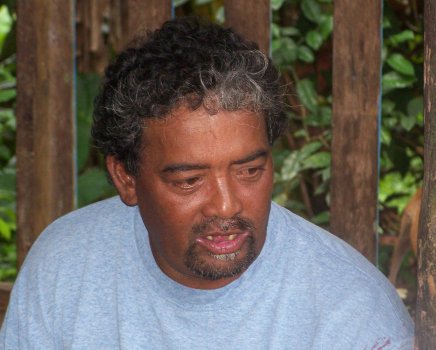
As per the Kitti constitution, spellings of this event in Kitti reflect Kitti pronunciation to the extent that these spellings were known to the author. The author is cognizant that these choices are controversial. For further information on orthographic issues, refer to Linguists, Literacy, and the Law of Unintended Consequences by Kenneth Rehg.
Spring 2007 the SC/SS 115 Ethnobotany class visited the nahs of the Soumas en kousapw Dien, Pehleng, Kitti, to observe the traditional Pohnpeian ceremony using Piper methysticum. Our hosts were Oaulik, Soulik Dien, and his son Nankohi. Assisting with the explanation was Kehlahk, the former Luhk en Mohnlahp Kitti. Many thanks are due to the Samuel family of Pehleng for their hospitality and willingness to share with the students of SC/SS 115 Ethnobotany. Special thanks are due to Oaulik and to Felicy Spencer Samuel who originally suggested hosting the ceremony in Dien.

For the first time in the history of the course a host brought both rahmedel and rahmwanger varieties of sakau.
Rahmwanger is characterized by black spots on the stems, and slightly shorter internode distances with a thicker stem.
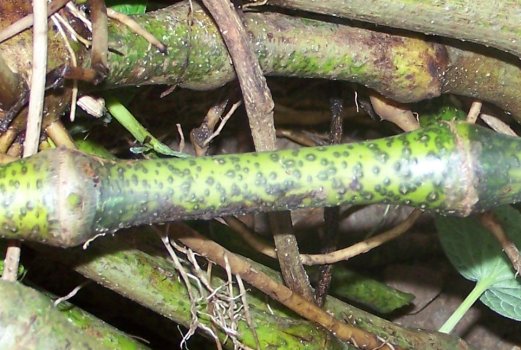
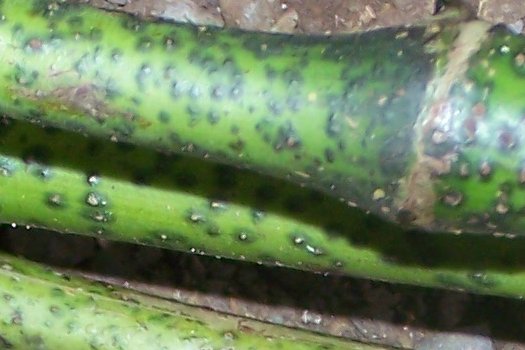
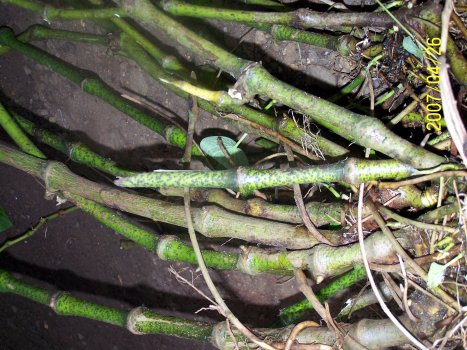
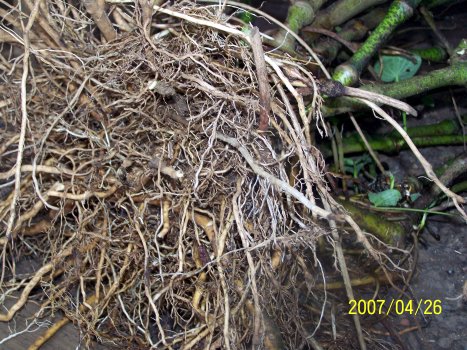
Rahmedel has smooth, slender stems. The color is lighter and the internode distance is generally longer. Rahmedel tends to be reserved for special occasions and for serving to high titles. The class was honored by being served rahmedel, another first in the history of the class.
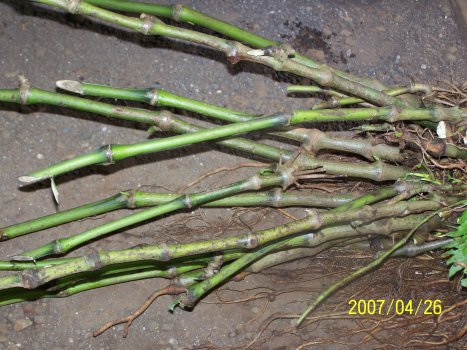
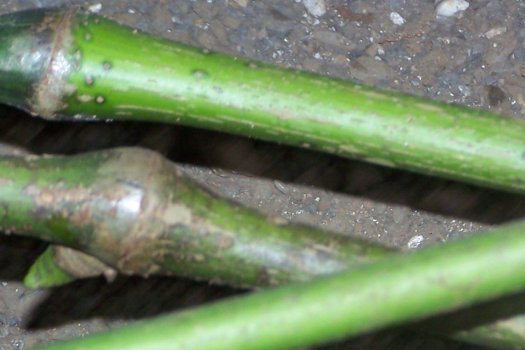
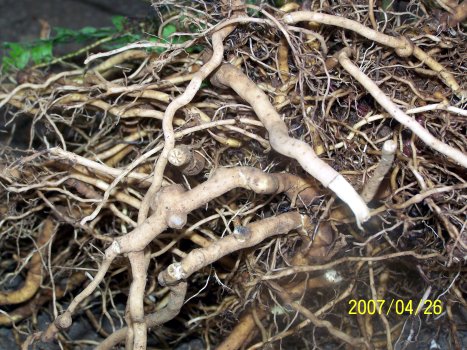
On the sakau stone (peitehl) are four wild taro leaves (tehn wehd, referred to as pwoaikoar). Other than the pwoaikoar, sakau, and wengweng, nothing is put on the peitehl. It is not a table or a place to sit. Not ever. The left front stone is for the Nahnmwarki or his representative in a kousapw, the Soumas en kousapw.
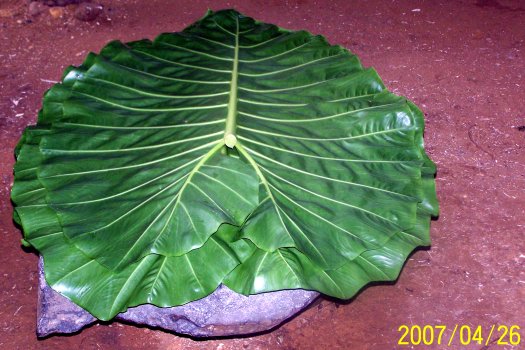
The number four is a theme that repeats in this ceremony. Four pounders will use four stones to pound the sakau. Four people will squeeze and catch the sakau, two squeezers and two cup bearers. Those who pound and squeeze are termed wie sak. Four cups will be presented during the ceremony. Many medicines also call for the use of four leaves, four flower buds, or other instances of four. At the front of nahs for a formal ceremony are four high titles, the Nahnmwarki and his wife, the Nahnken and his wife. For the class Shellain is Nahnalek while Ceasar, behind Pernes in the photo, is the Nahnmwarki.
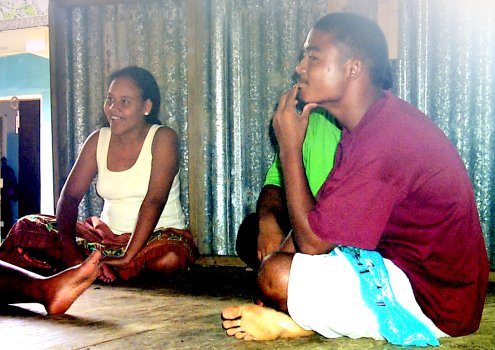
The plant is brought as a whole plant, replete with stems. Once sakau has entered the nahs everything becomes much more serious and those who know are much more careful to behave in traditionally appropriate manners.<
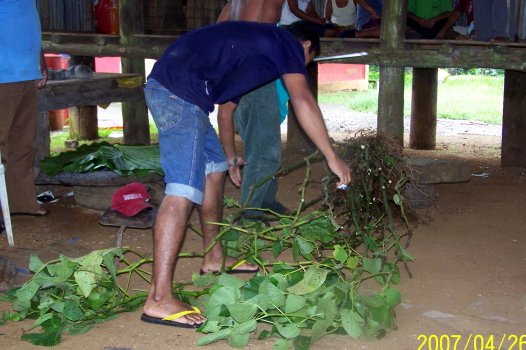
The stems are cut inside the nahs by a man with a title appropriate to that particular task. His shirt is off to show respect.
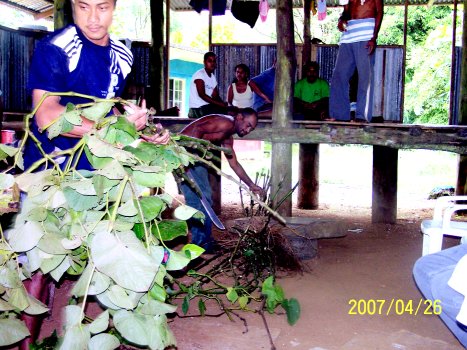
The roots are the only part of the plant that contains kavalactones. The side roots are about 10% kavalactones, the woody core of the root stock is about 5% kavalactones.
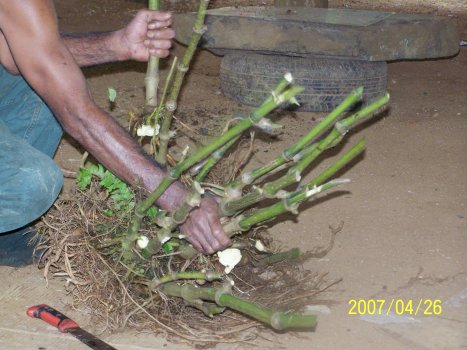
Cleaning is traditionally done without water using only coconut husk crescents to scrub off dirt, mosses, and fungus patches.
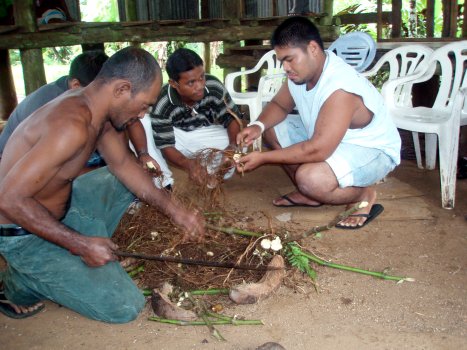
As the sakau is cleaned, Evelyn strikes a pose.
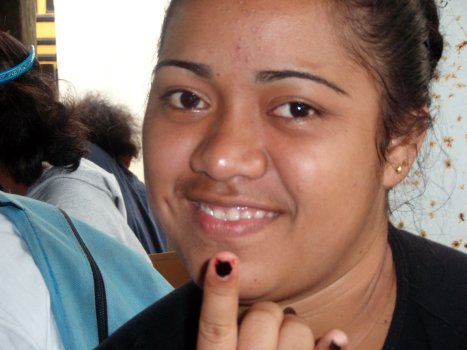
Kehlahk confers with the instructor.
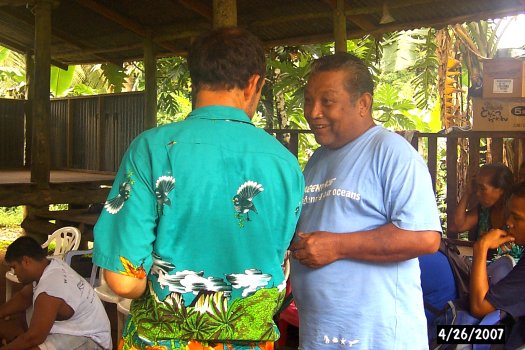
Outside the nahs young men prepare the inner bark of the Hibiscus tiliaceus tree for squeezing the sakau. This phloem layer contains polysaccharides, long chain sugar molecules that form the thick, slimy, highly viscous semi-liquid in which the sakau squeezings will be suspended.
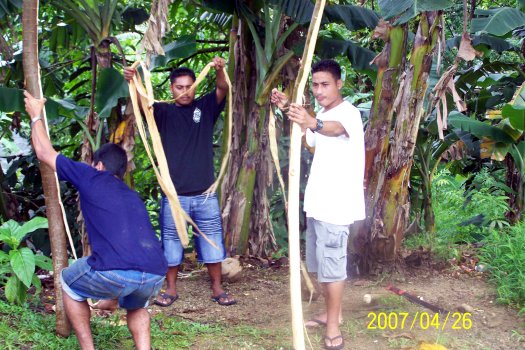
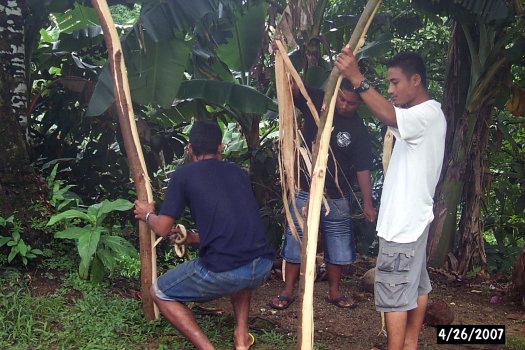
Inside the nahs sakau is placed on the peitehl. Note that on the left the pounder has his feet under the pwoaikoar (Alocasia macrorrhiza leaves). On the right a metal coconut grating stool has been mistakenly placed on the pwoaikoar. Kehlahk will note this error to the moanindei who will direct the pounder to lift the pwoaikoar and put the stool under the leaf.
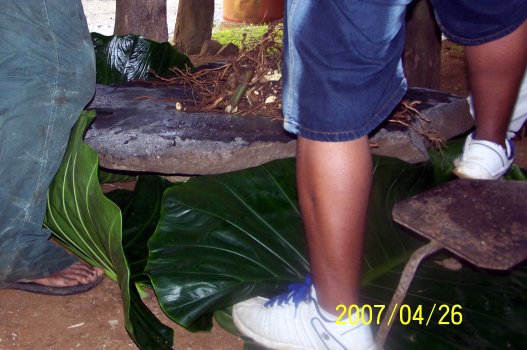
The root is pounded with basalt rock pounders (moahl) prior to squeezing. Those who will pound the sakau must wait for the moanindei to tell them to start with the command sukusuk!. The pounders have removed their shirts to show respect.
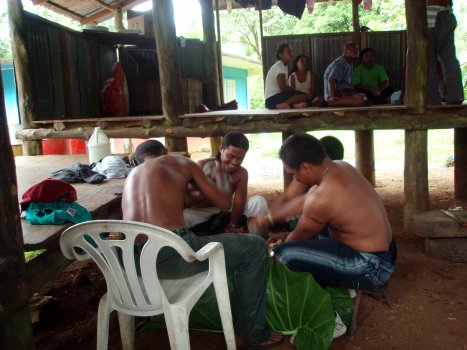
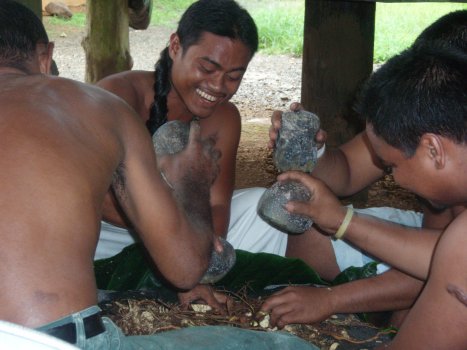
Quicktime movie of sukusuk (2.0 Mb)
The squeezing is begun with the first squeezings for the first cup. The first cup is called pwehl, literally the "dirt" cup.
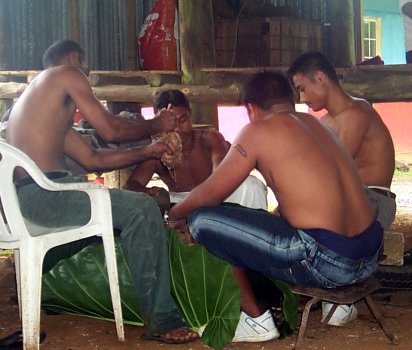
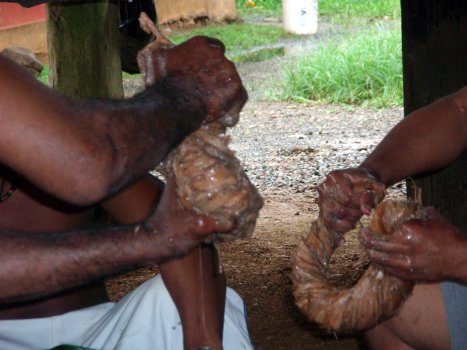
The women in the class on the side platform demonstrate appropriate sitting positions on the nahs platform: no dangling of one's legs over the edge of the platform after the sakau has entered the nahs. Never before have the students paid as much rapt attention in class as at this particular moment.
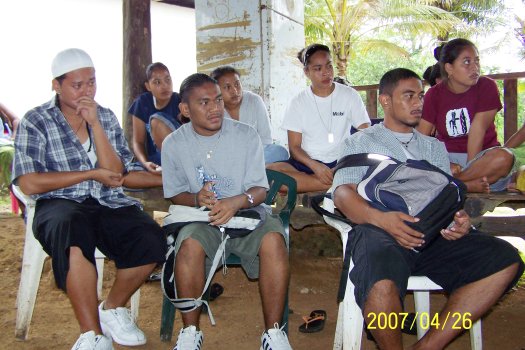
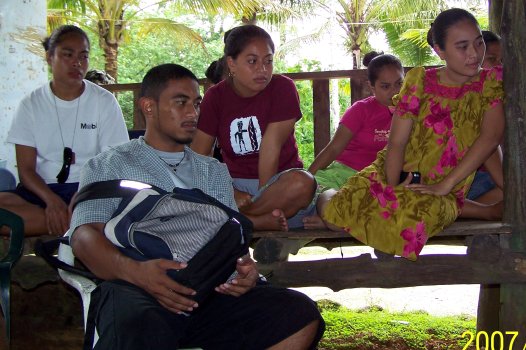
The moanindei calls "pei," commanding the ngarangar bearers to bring up the ngarangar of sakau. The moanindei functions as a master of ceremonies and relays the commands of the Nahnmwarki to those in the nahs.
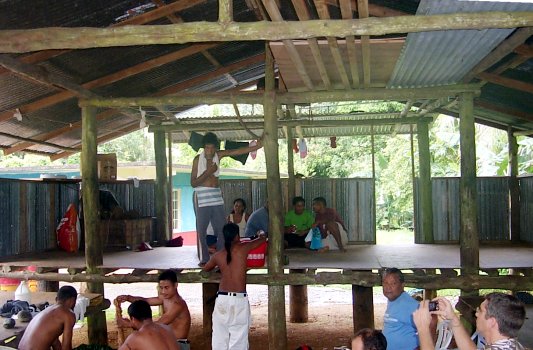
In nahs with sakau present the world of tradition and cultural practices hold. The host asked the students to "pretend" and to enact the ceremony under his direction. Yet this is far more complex a situation than the word "pretend" can convey. The places the student's are sitting are places of real power and respect, not pretend power. There is a risk of offending if they perform incorrectly, and while they sit in those positions they could theoretically exercise the command prerogatives of that position. As per Kitti custom two servers (oarir) sit in front of the Nahnmwarki. The one who handles the coconut cup ngarangar and passes it to the Nahnmwarki is skilled in detecting harmful magic. The other server is the oarir woadoai, telling the Nahnmwarki who has arrived in the nahs. Andrew functioned as oarir woadoai for the session while Pernes handled the ngarangar and defended Ceasar from harmful magic.
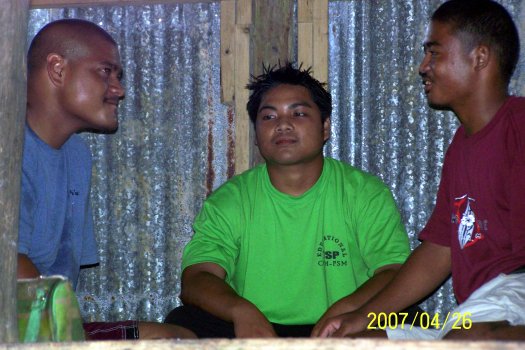
Jonathan makes notes on the ceremony.
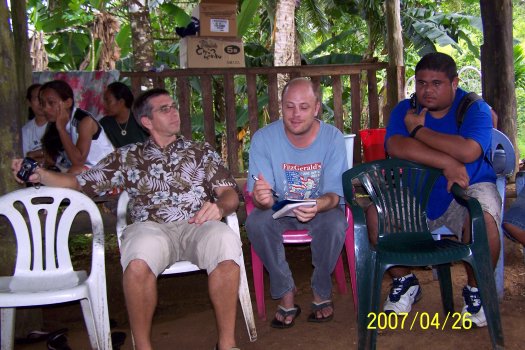
Greda and Irene watching the wengweng.
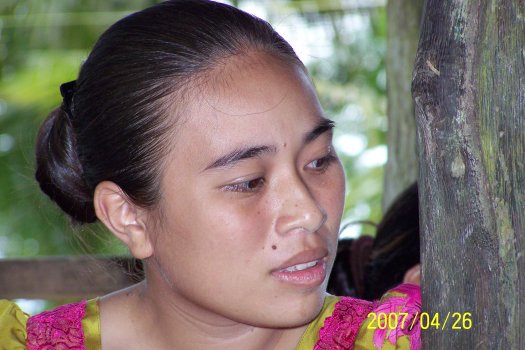
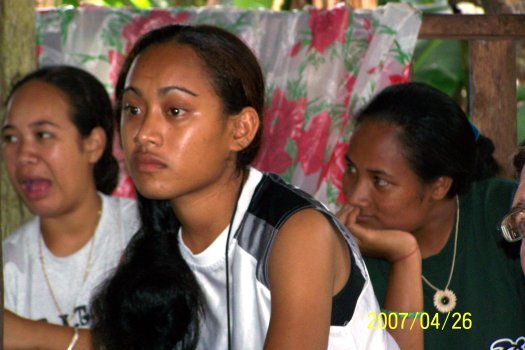
Zachary and Livingston watch the proceedings while in the background Priana takes pictures with the Kodak DC 265.
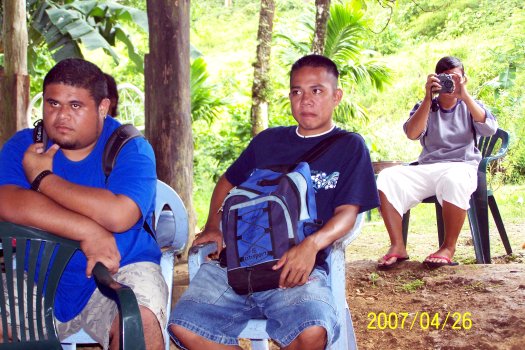
For the purposes of the ceremony Shellain was the Nahnalek, the wife of the Nahnmwarki. Emyleen was her oarir.
Priana's picture.
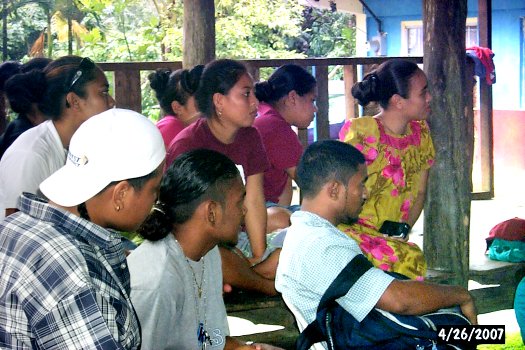
Quicktime movie of wengweng (3.56 Mb)
The first cup goes to Nahnmwarki. No one talks during this time of the first four cups. The vast majority of kousapw in Kitti practice a five cup nohpwei. Dien, however, has a four cup nohpwei. There are historical reasons for this difference.
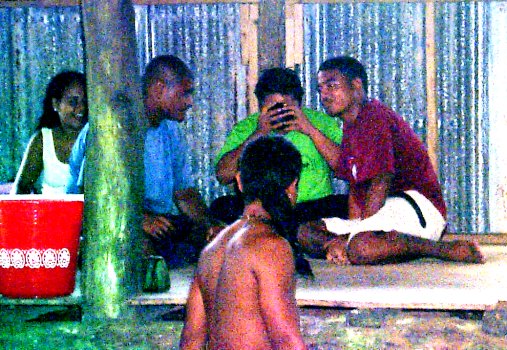
The second cup would go to nahnken if present. Both the moanindei and the oarir would check that no magic has been placed on the sakau. The moanindei must also be a very strong man, he is the final line of defense of the Nahnmwarki should someone attempt to attack the king. To honor the section chief and owner of the nahs, Ceasar directs the second cup to Oaulik. Oaulik will ascend the front platform to the left of the post, receive the ngarangar from Ceasar, and leave to the right of the post.
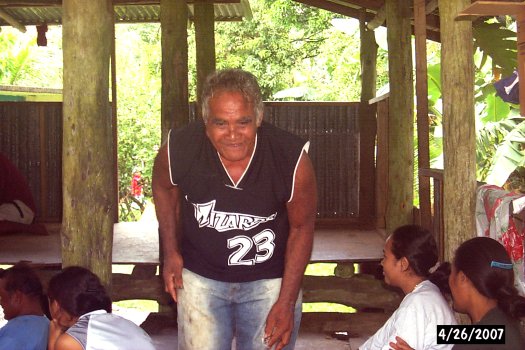
The third ngarangar (esil) in Dien would be for wie sak, for those who prepared the sakau (dipoan koaloau). The cup goes up onto the platform on the left of the post, passes back to Nahnmwarki, returns to the moanindei who then offers it to person designated by Nahnmwarki. In the sequence below Lioaulik is called to the cup.
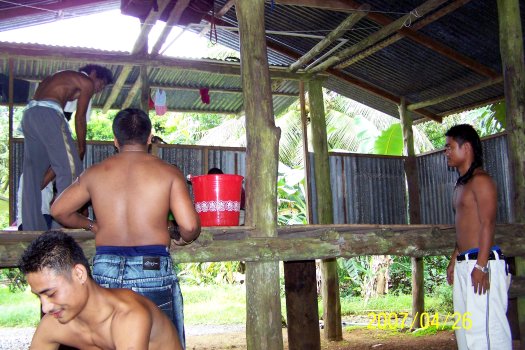
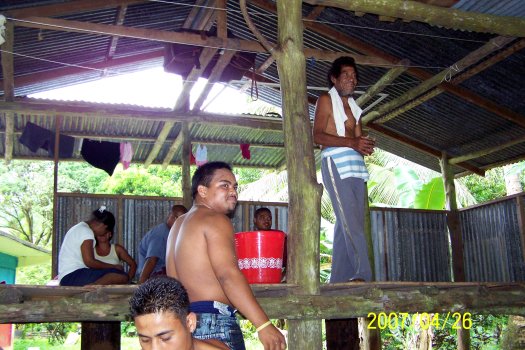
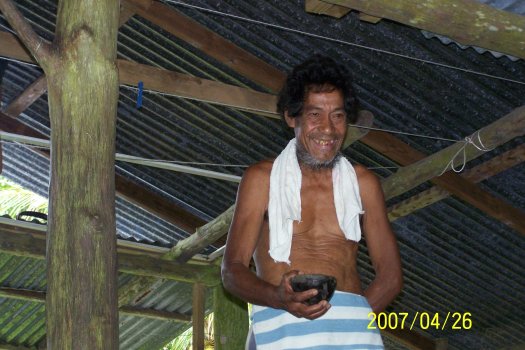
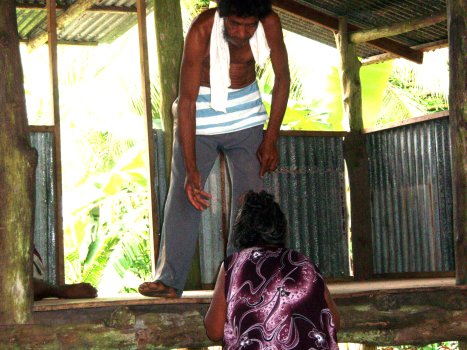
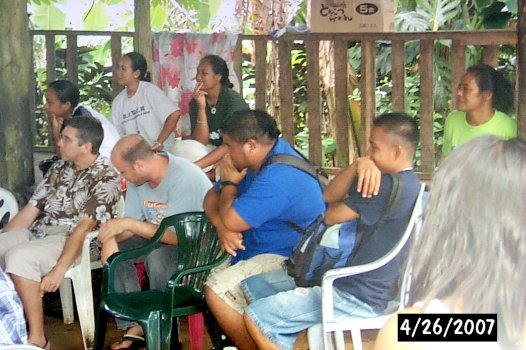
The fourth and last cup in Dien, sapw, returns to Nahnmwarki. He has the option to redirect this cup to honor a special guest or other personage in the nahs. Only after the fourth cup in Sokeh's can the business of the gathering be announced. Until now no one speaks and, technically speaking, no one knows the purpose of the gathering. In days of yore the pounding of a stone called people to a nahs. Not until that fourth cup was completed would the gathered throng know the occasion.
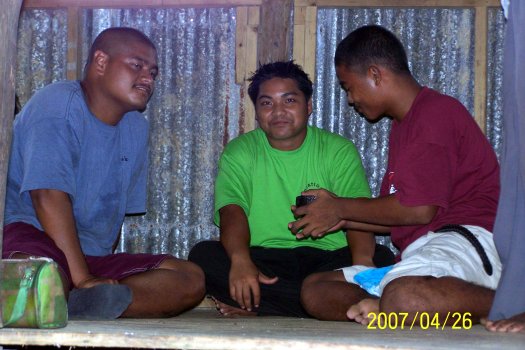
The pwoaikoar properly placed.
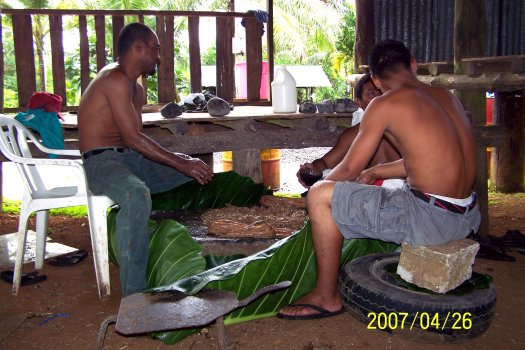
With the four cups of nohpwei complete, the instructor speaks to the class. Ethnobotanists as part of their research often observe and experience cultural ceremonies just as the class has done - without explanation or commentary.
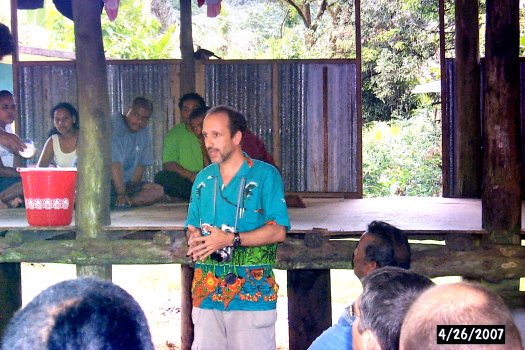
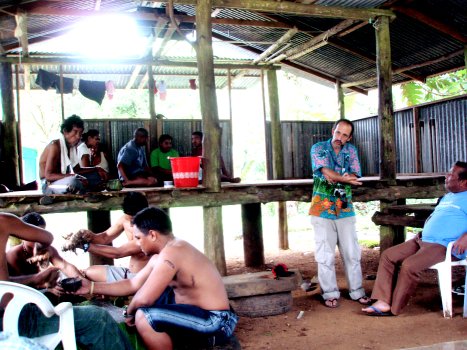
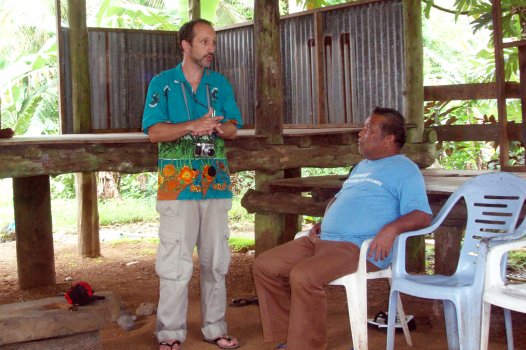
A ngarangar may be passed down through a family.
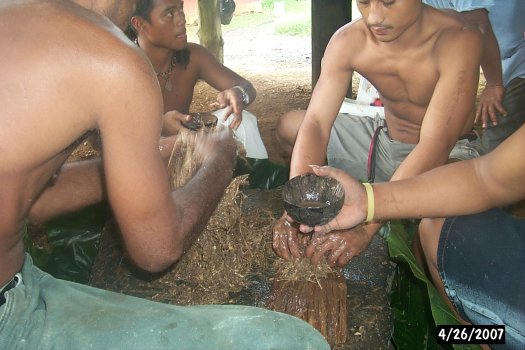
Greda.
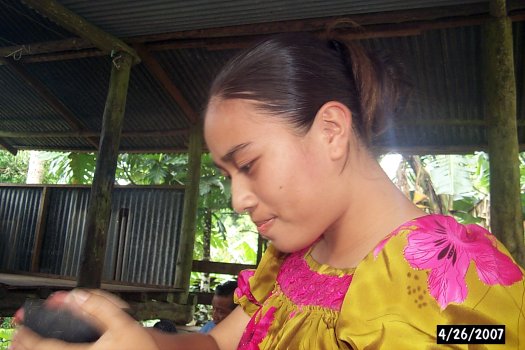
During the first four cups there is both quiet and a quiet tension in the nahs. The mood is formal, and mistakes in form are not to be made. Once the four cups are finished, the ceremony proper is over and it is time to relax.
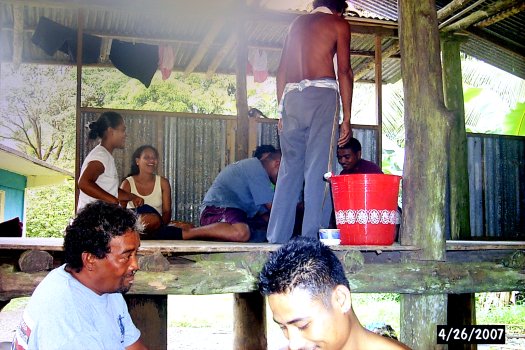
In order to get the college bus back up to college by 5:00, the students left around 4:30. A few Pohnpeian students remained to relax and enjoy the fine art of conversation.
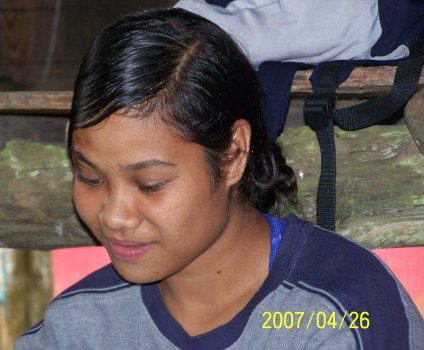
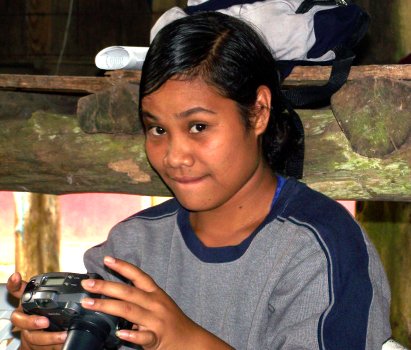
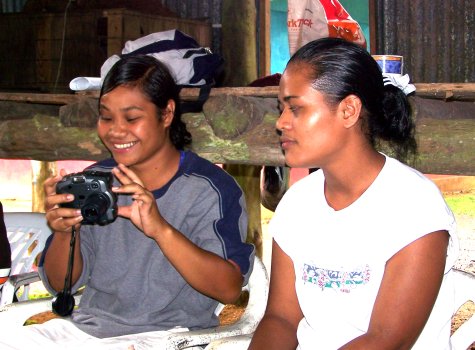
Marihna
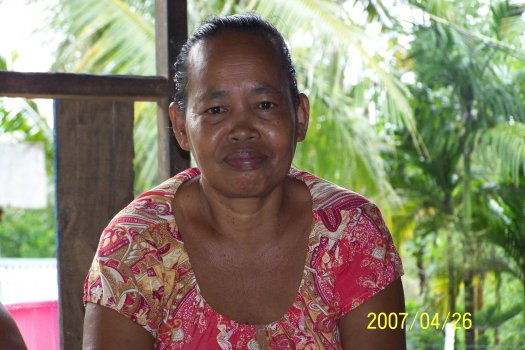
Ongoing wengweng, the wie sak continue to work hard.
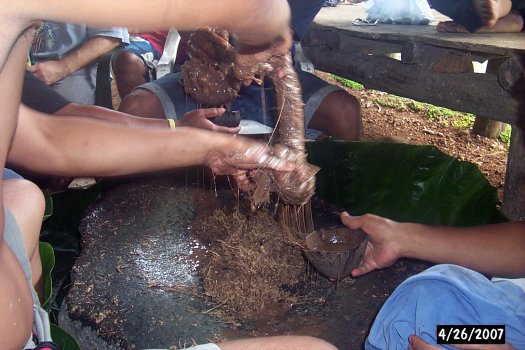
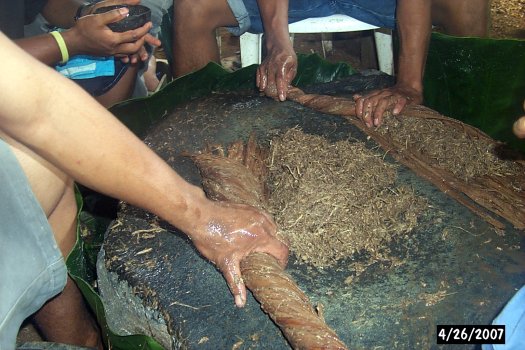
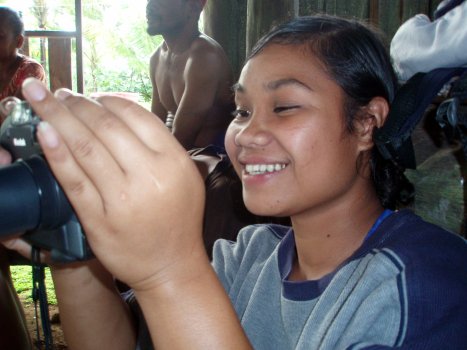
Cleaning a second batch of sakau with which to reload the peitehl.
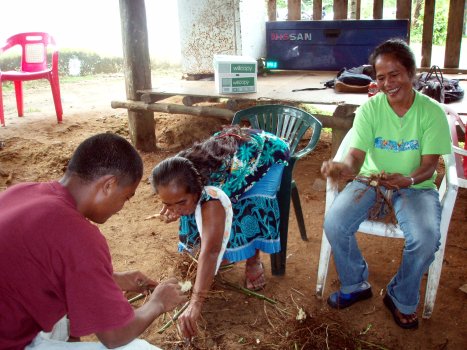
Emyleen demonstrates proper sakau etiquette by closing her eyes as she drinks.
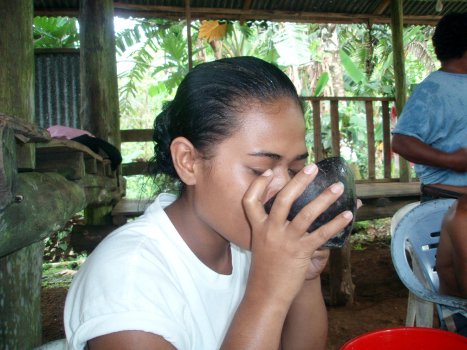
The clock having already passed 5:00, Justin lends a hand with the pounding.
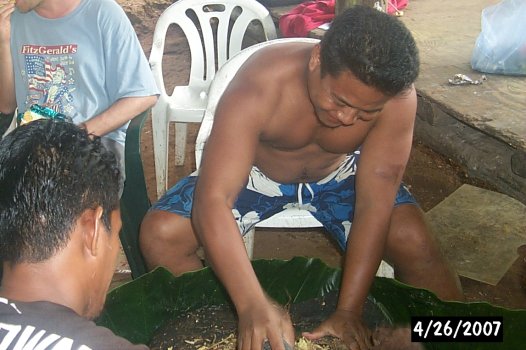
Ultimately life in the kousapw is about family and friends.
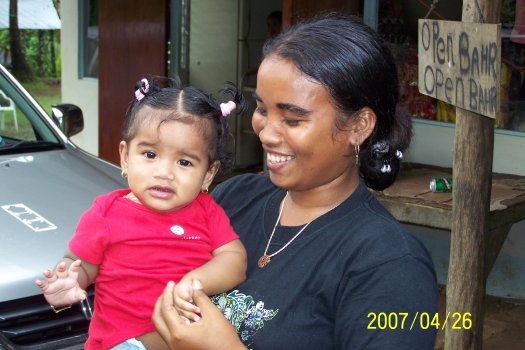
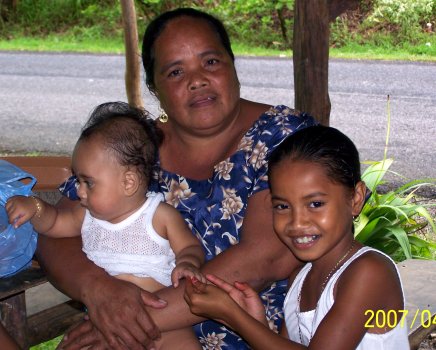
Ceasar and Pernes
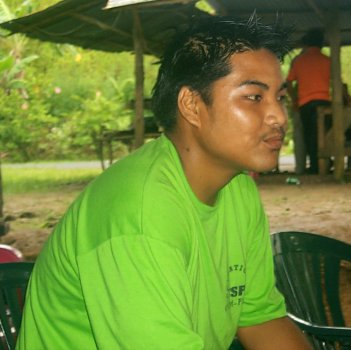
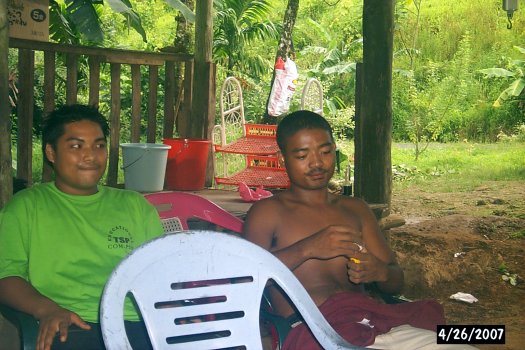
Kaniki and Oaulik
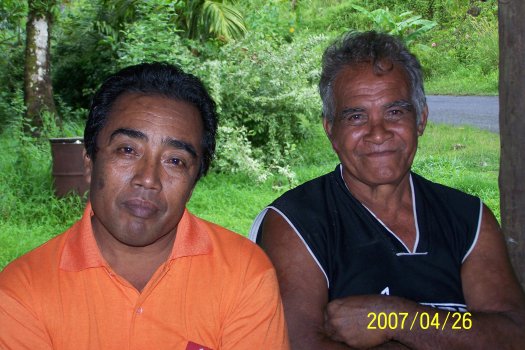
Hundra, Toni, and Aiva
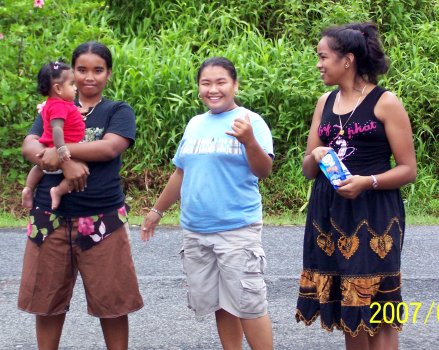
Priana and Emyleen; Tikoio.
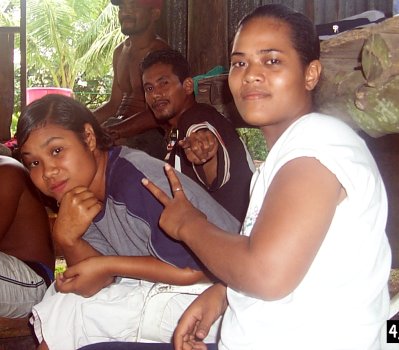
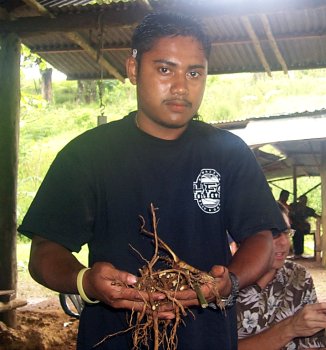
In front of the nahs is a small store.
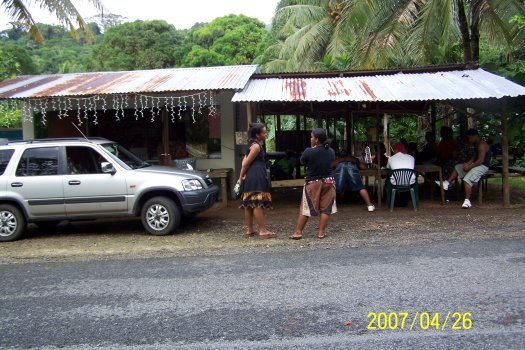
The heat of the day fading into night outside the nahs as inside the conversation continues.
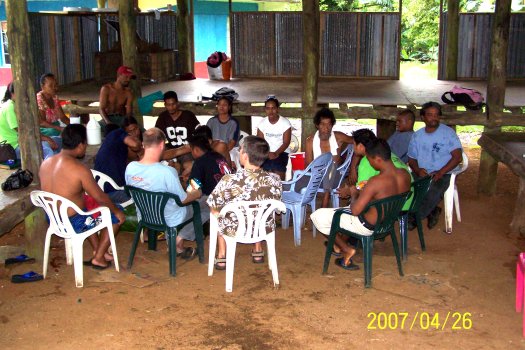
More family drops by.
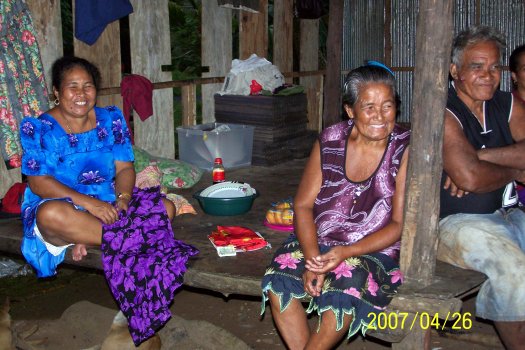
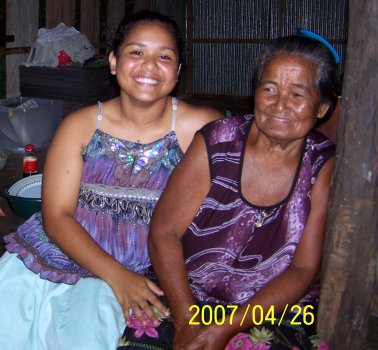
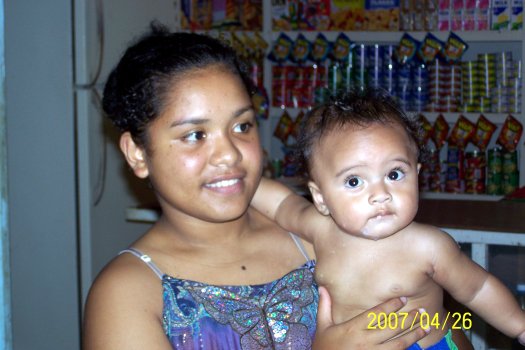
Ethnoherb • Ethnobotany • Lee Ling • COMFSM